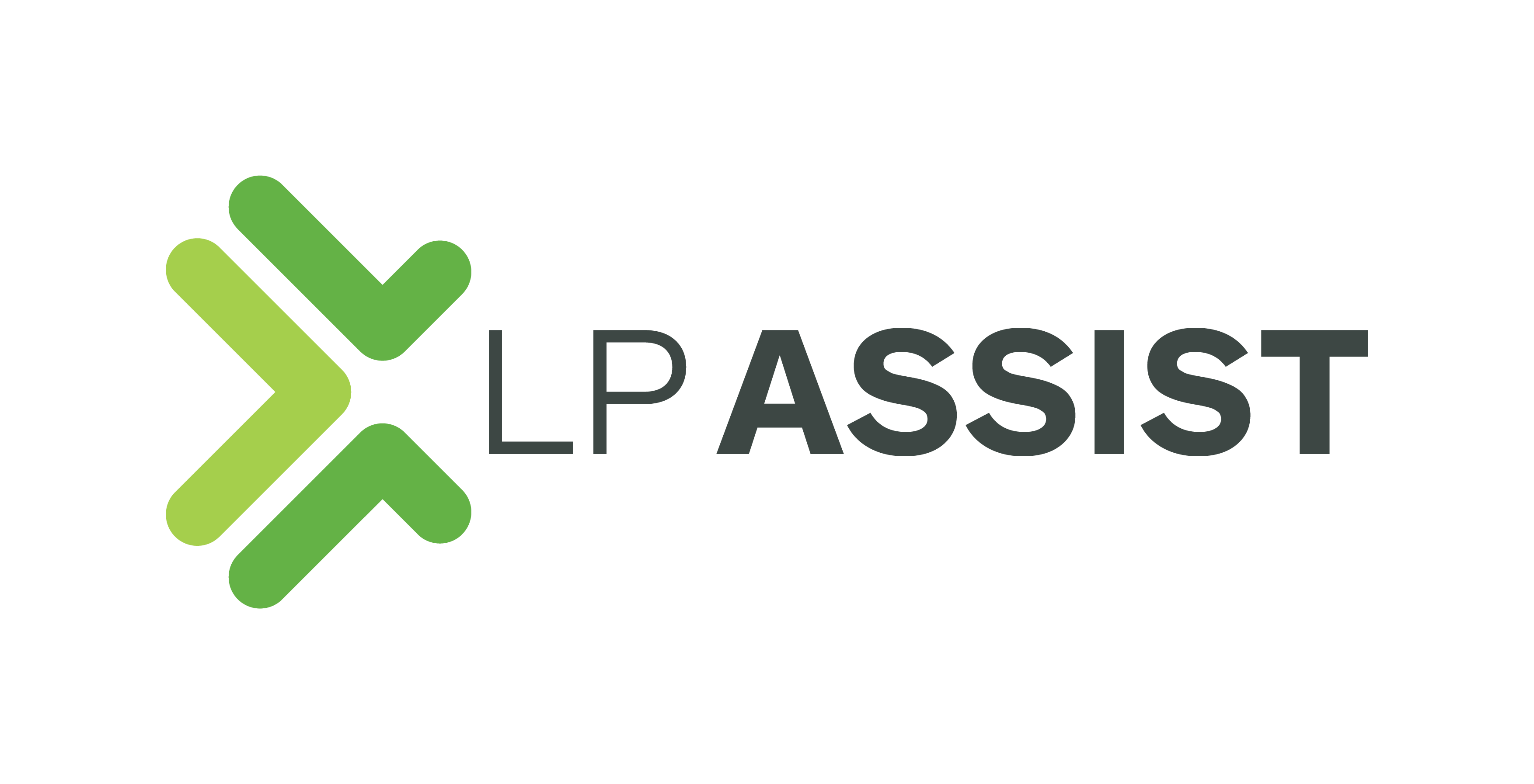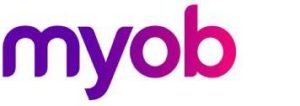Many of us feel awkward asking our clients for payment–and it can feel increasingly awkward and difficult each time you have to follow up. Most customers will pay after a well-worded email, but what if you’ve sent several emails and heard nothing?
Some customers require a bigger push. A phone call imposes a sense of urgency that can often be ignored over email. Take a look at our top tips for how to prepare for that potentially dreaded phone call.
First of all, when should you call about an unpaid invoice?
If you’ve chased payment for an invoice three times and received either no response or an unfavorable response, it’s time to make a call.
Why don’t customers pay?
There are several reasons why customers might not have paid an invoice yet. Understanding these reasons could help you prepare for how your phone call might play out, so let’s take a look at the most common ones:
1. They forgot
Be understanding, but don’t leave it at that. Encourage them to pay while you are on the phone or be clear that you expect them to pay within a certain number of days. Follow up with them as soon as the specified number of days has passed.
2. The invoice is incorrect
Ask them to explain the issue. If there is a mistake on your end, issue the new invoice as soon as possible. If there isn’t a mistake or the invoice doesn’t match the needs of their internal system, discuss the misunderstanding and state that payment is still overdue and required to be made as soon as possible. Reissue the invoice in their required format if needed and politely remind them that it is their responsibility to raise issues with the invoice when they receive it, not when it comes due.
3. They didn’t receive the invoice
Confirm the email or postal address that you sent the invoice to. Also ask them if they would prefer to receive the invoice through another medium, such as sent directly into their accounting system, via email, or uploaded to a portal if they use one. If the address the invoice was sent to is correct, encourage them to check spam folders. Encourage immediate payment or set an expected payment date. Follow up immediately if the invoice is still not paid by this date.
4. The invoice has not been approved
Some customers have a payment process where someone else in the business is required to approve payment of an invoice. If a customer says the invoice has not been approved for payment, ask if there is a reason for this; perhaps you can help resolve a query. If not, stress the fact that the invoice is overdue and ask that it is approved and paid today. If today is not realistic for them, once again, get an expected payment date and follow up if the invoice is still not paid by this date.
5. They were out of the office
We all go on holiday or need time out of the office. Be understanding but also clear that you expect payment as soon as possible. Offer payment over the phone if your business provides this service, or alternatively set an expected payment date with the customer and follow up if it has not been paid by this date.
6. They have already paid the invoice
Apologise for the inconvenience and ask when they believe the payment was made. Then go back to your accounting system and check for this payment. It might have been allocated incorrectly in your system. If you cannot find the payment in your system, go back to the customer and ask for proof of payment, such as a remittance from their banking system or a bank statement (with all other details blacked out).
Preparing for a credit control call
This could be a difficult conversation (both for you and your customer) so it’s always best to take some time to prepare to ensure the call goes as well as possible.
1. Prepare yourself mentally
Set yourself up in a space and mindset where you feel comfortable and professional. Prepare for maintaining polite professionalism. Difficult calls like this can turn sour when discussion turns emotional so prepare to stick to the facts. This phone call can be as uncomfortable for your customer as it is for you so be ready to deal with them reacting unexpectedly, whether it be an outburst of anger, justification or embarrassment.
2. Have all the relevant information in front of you
This may include:
- A copy of the invoice, including the invoice number and date of the invoice
- Goods or services the invoice is for
- Number of days invoice is overdue by
- Notes on previous communication in regards to credit control
- The name of the person you need to talk to (or “Accounts Payable” if you are unsure of the exact person)
3. Stay focused
Remember, the goal of this phone call is to:
- Resolve any disputes
- Set an expected payment date with your customer (and if they do not pay by the new expected date, follow up with another call).
- Make payment as easy as possible by removing any payment barriers. You could do this by by offering different methods of payment, if you can, or resending payment information in the form of a follow up email.
4. Send a follow-up email
Not only does this give you an opportunity to get payment information at the top of your customer’s inbox and make payment easy, but it also allows you to write down the discussions and outcomes of the phone call. Getting the same information from the phone call in writing can be useful if at some point you need to increase action to formal debt collection channels. It also ensures you and your customer are on the same page moving forward.
Don’t want to deal with any of this?
Many of us loathe conflict. This can cause a real problem when it comes time to chase a customer about an unpaid invoice! Luckily, credit control/debt collection is often an easily outsourced task for many businesses. You can engage a local debt collection company or use an online provider such as Debtor Daddy, Chaser or iCollect. You can also use these tools to automate or step you through the debt collection process yourself if you do not want to completely outsource the task.
While we don’t manage debt collection at LP Assist, we are happy to talk through your debt collection processes, manage invoicing and email follow-ups for you, and help introduce or streamline payment options for your customers.








